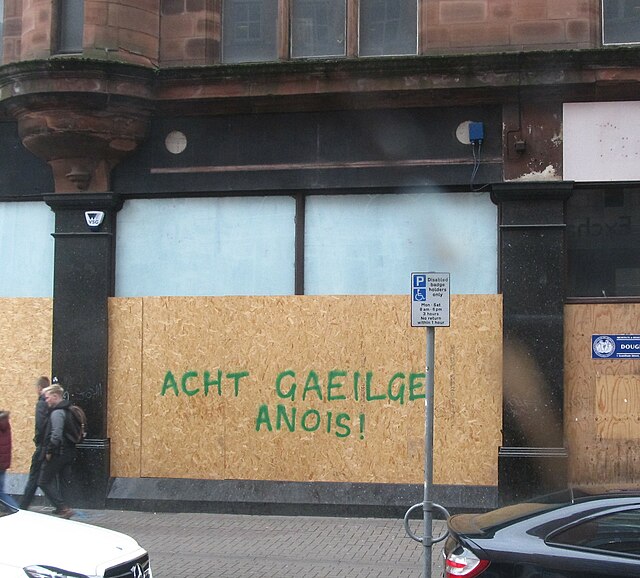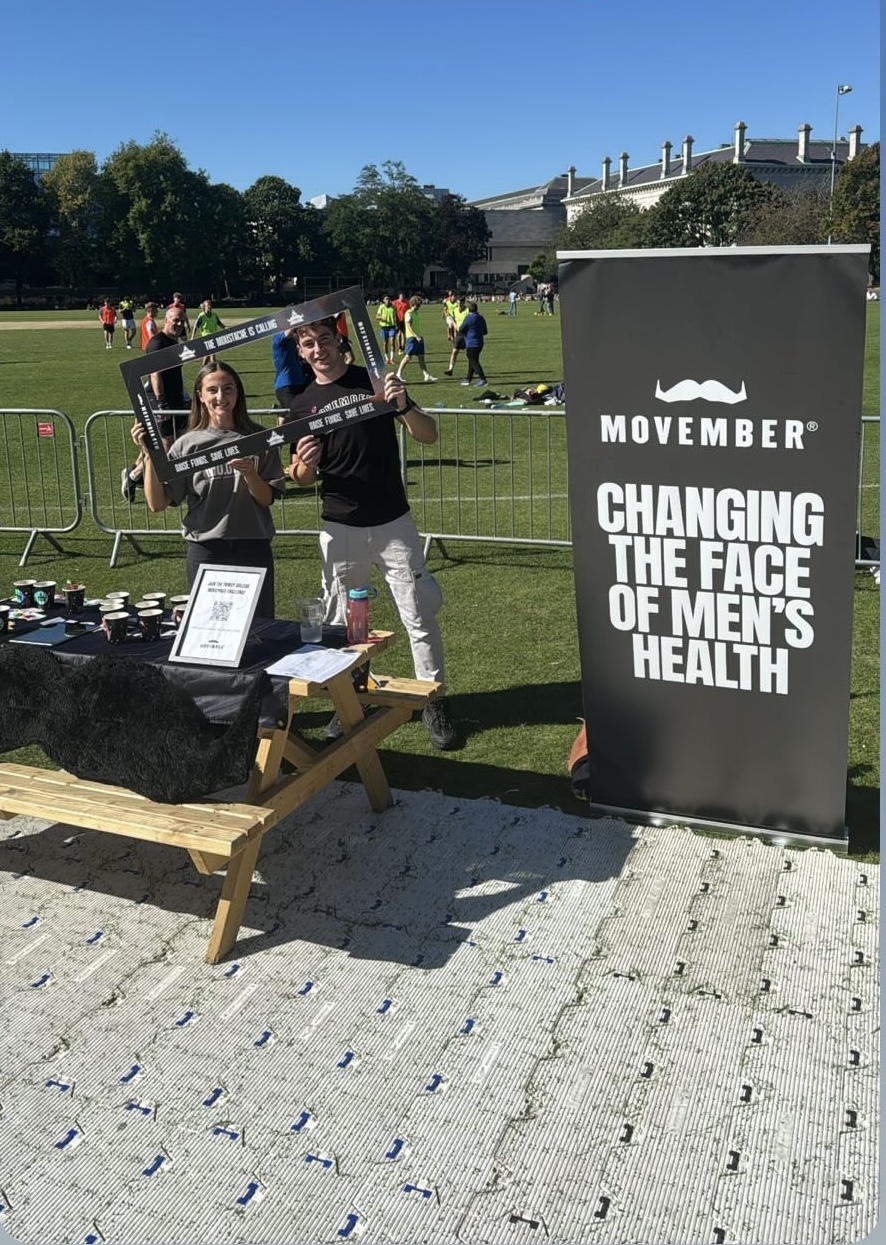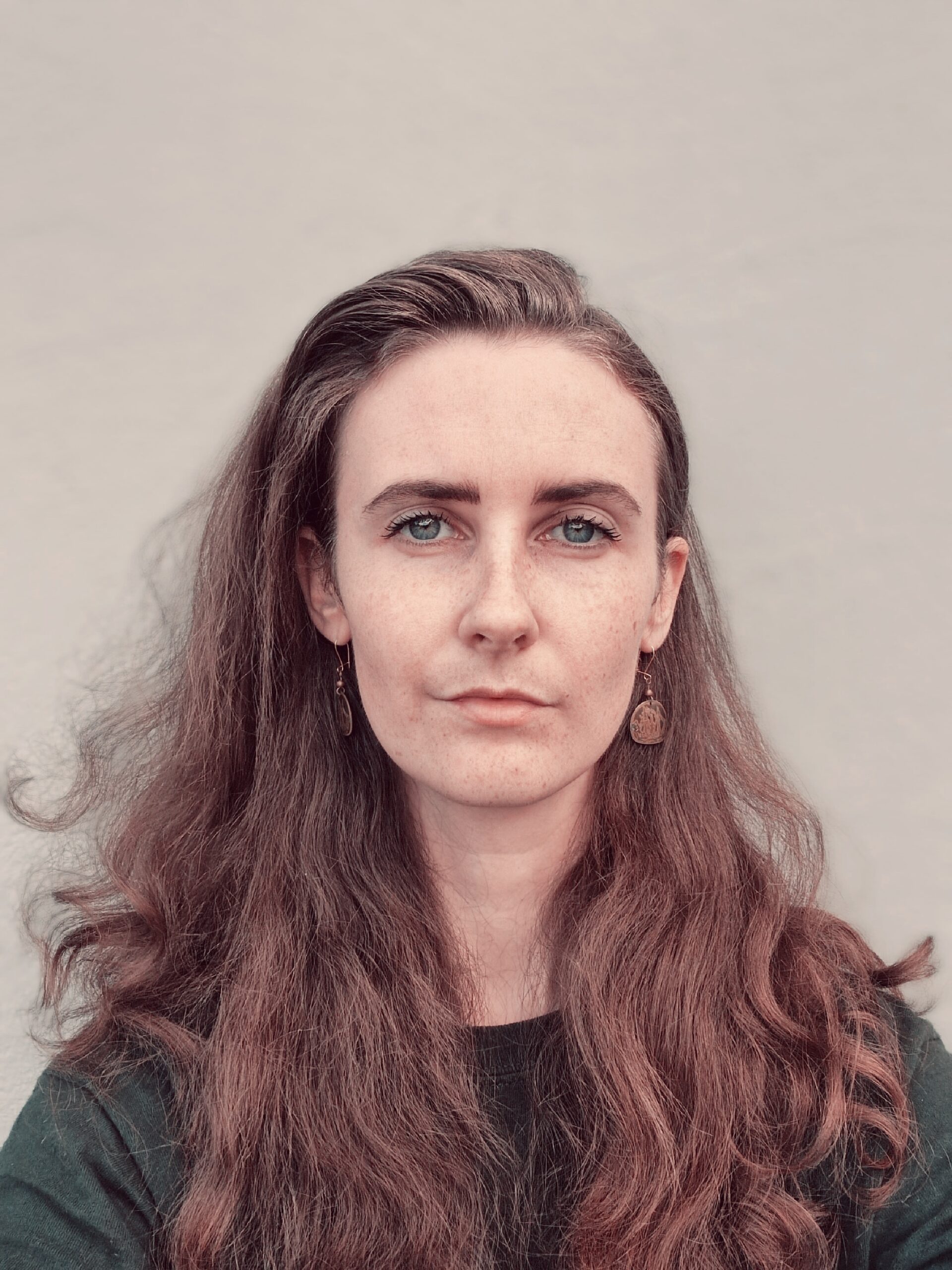Currently working on a PhD in Trinity College, Sara Burke has just published a book entitled ‘Irish Apartheid: Healthcare Inequality in Ireland’, a damning look at the two-tier health system that exists in this country, the only country in Europe that allows private healthcare to be provided in public hospitals.
The book clearly lays out the failures of the healthcare system, and shows how there is segregation between those who can afford private healthcare and those who can’t. Burke succeeds in showing how the system works to the advantage of those who can afford the private health care, while being detrimental to those who can’t.
Every resident in Ireland is entitled to full eligibility (Category 1, Medical Card Holders) or limited eligibility (Category 2, Non-Medical Card Holders) for health services.
Medical card holders are entitled to free access to GP services, prescribed drugs and medicines, public hospital services, dental services, optical services, aural services, maternity and infant care services and certain community care and personal social services.
Non-Medical Card Holders are entitled to free hospital services but may be charged in-patient and out-patient hospital charges. They are also entitled to subsidised prescribed drugs and medicines and maternity and infant care services. They are not entitled to free GP visits but they may be eligible for some community care and personal social services.
Health care promotion is aimed at everyone regardless of what category they fall into, as is child health services and prescribed drugs and medicines for certain illnesses. So far, so good, when put like that it looks like the Irish government is making a good effort to ensure a fair and balanced health care system that eliminates the need for anybody to have private health care insurance. But the reality is very different.
In reality all of these services have waiting lists that can run into years. Sick people get sicker as they wait for the crucial healthcare necessary to improve their condition. Meanwhile people who can afford private healthcare receive the necessary care almost immediately in the same hospitals.
As the government closes hospital beds across the country in an attempt to save money the gap between the private and public health care sector gets wider and the waiting lists get longer.
In September 2007 there were 1,673 people waiting on trolleys in A&E departments around the country, this figure rose to 2,062 in September of this year. At the same time hospital cutbacks have meant there has been a total closure of 570 beds nationwide.
With the McCarthy recommending cuts of about one billion euro in health services, we have to wonder where this will all end. The real victims of these cuts will be the most vulnerable in our society; the sick and the elderly. Decisions will have to be made soon regarding the future of the countries health care system. These are decisions that will have long lasting repercussions on all of the Irish people and which have the possibility to create an unbridgeable gap between the private and public health care sectors.






